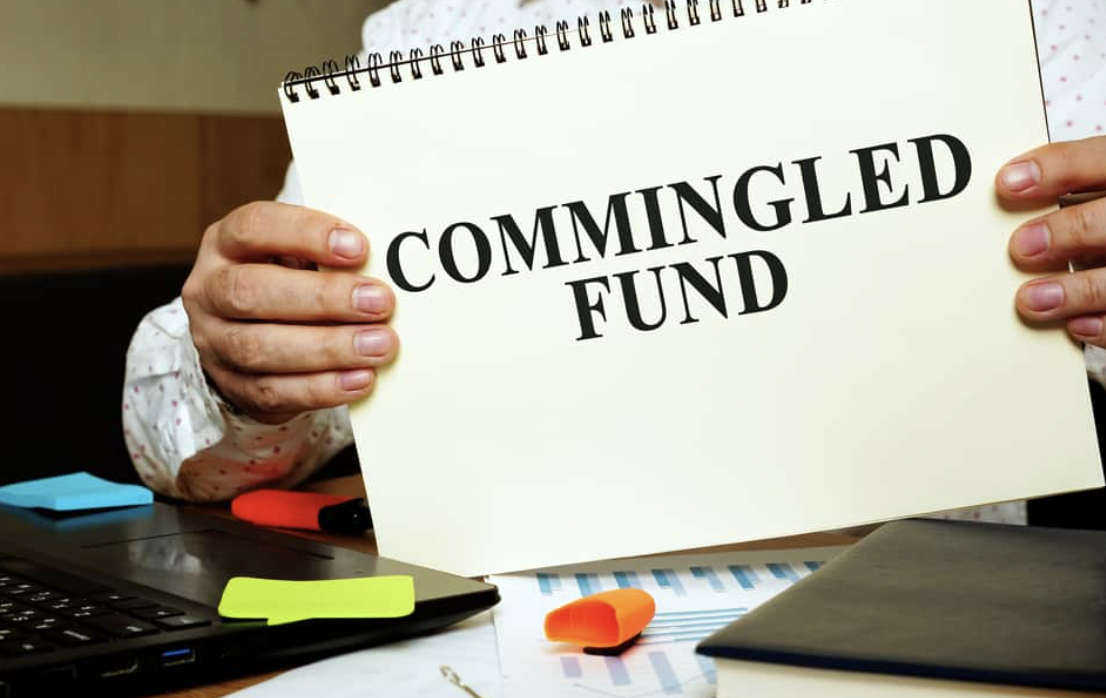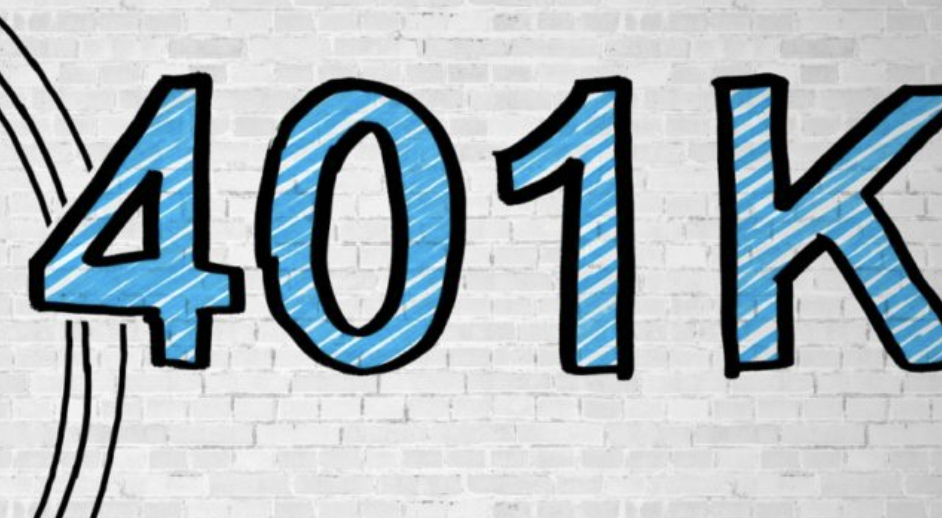
Drake Hampton
Mar 25, 2022 14:46
A commingled fund is a portfolio that combines assets from many accounts. Commingled funds exist to eliminate the administrative overhead associated with handling constituent accounts separately.
Commingled funds are a sort of pooled investment vehicle that is neither publicly traded or accessible to normal investors. Rather than that, they are employed in closed pension funds, insurance policies, and other institutional accounts.

Commingling is the process of pooling investors' assets into a single fund or investment vehicle. Commingling is a fundamental characteristic of the majority of investment funds. Additionally, it may be used to aggregate diverse forms of donations for a variety of reasons.
Commingled funds are comparable to mutual funds in many aspects. Both are managed professionally by one or more fund managers and invest in fundamental financial products such as stocks, bonds, or a mix of the two.
Additionally, commingled fund investments, like mutual funds, benefit from economies of scale, which reduce trading costs per dollar invested, and diversity, which reduces portfolio risk.
One significant distinction is that commingled funds are not regulated by the Securities and Exchange Commission (SEC), which means they are exempt from a range of onerous disclosure requirements. On the other hand, mutual funds are required to register with the SEC and adhere to the Investment Company Act of 1940.
Commingled funds, on the other hand, are not fully unregulated: they are subject to examination by the United States Office of the Comptroller of the Currency and specific state regulators.
While mutual funds require investors to read a prospectus, commingled funds need investors to read a Summary Plan Description (SPD). SPDs provide further information about the fund, including its objectives, investing strategy, and management team. The SPD document outlines the rights and responsibilities of plan members and beneficiaries. Every investor in a commingled fund should thoroughly read the SPD.
Due to the lesser degree of regulation, a commingled fund's legal and operating costs are reduced. The fewer the costs, the less a fund's returns are impacted. If a commingled fund and a comparable mutual fund have the same gross performance, the commingled fund's net return is expected to be higher due to its reduced expenditures.
Commingled funds have the drawback of not having ticker symbols and not being publicly traded. Outside investors may find it difficult to follow the fund's capital gains, dividends, and interest income due to this lack of available information. This information is significantly more visible in the case of mutual funds.
A Commingled Fund is an illustration of this type of fund.
As with a mutual fund, the Fidelity Contrafund Commingled Pool is managed by a portfolio manager and makes essential information available to the public via quarterly reports. It invests primarily in large-cap growth stocks, with an emphasis on information technology, communication services, consumer discretionary, financials, and health care.
The Contrafund Commingled Pool's cost ratio of 0.43 percent is lower than the average expense ratio of mutual funds—including its mutual fund equivalent, the Fidelity Contrafund, which has an expense ratio of.86 percent. Since its launch in 2014, the fund has had an annualized return of 15.85 percent, compared to the S&P 500 index's 14.12 percent.

Mar 25, 2022 14:42

Mar 25, 2022 15:01